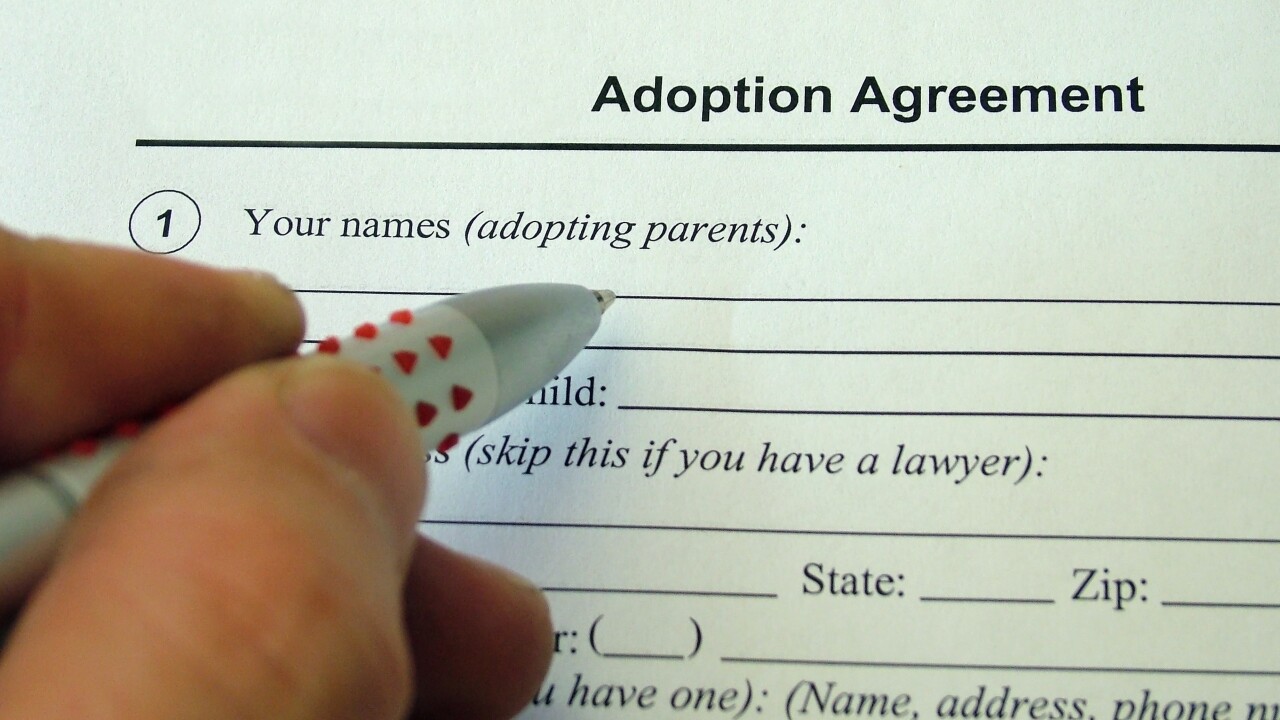With governmental accounting changing fast in a fast-changing financial environment, the Governmental Accounting Standards Board has added projects to its agenda to deal with the increasing variety of public/private partnerships, the common presentation of financial statements for reporting units that do not qualify as reporting entities, and for developments in pension accounting.The decision to review existing standards on post-employment benefits was based on an extensive research project that began in early 2006.
Making it clear that the board would not necessarily make any fundamental changes to existing standards on post-employment benefits, GASB director of research and technical activities David Bean affirmed that the project follows a policy of reviewing standards after they have been implemented for several years — in this case, the 12 years since GASB Statements 25 and 27, both on accounting for pensions, were issued.
“There are some fundamental questions that the board will address without trying to send any kind of signal of preference of one method over another,” Bean said. “We currently use an approach driven by the determination of cost of services, also referred to as a funding approach. But there’s a different approach used in the private sector, so we’ll be looking at both basic approaches as part of this project.”
Once the general direction of the project has been set, Bean said, the board will review more specific and detailed issues, such as cost-of-living increases, whether and how unfunded actuarial accrued liabilities should be amortized, and other basic questions about pension accounting.
Any changes to current standards may result in changes to the existing standards on other post-employment benefits. An invitation to comment, which is expected to address the fundamental accounting and reporting issues, may be released possibly as soon as March of 2009.
PUBLIC/PRIVATE PARTNERSHIPS
The board’s project on public/private partnerships will be dealing with the relatively new phenomenon of governments working with private enterprises, including not-for-profit organizations, in creative new ways meant to minimize the cost to taxpayers while maximizing performance. GASB staff has researched the issue in conjunction with the International Public Sector Accounting Standards Board.
Bean cited several examples illustrating the variety of these partnerships: hospital authorities transferring assets and liabilities for operations to a not-for-profit entity; a university leasing land to a third-party developer to build dormitories; and a state leasing some or all of a toll road to a private consortium.
Michael Crawford, chairman emeritus of Crawford & Associates and a member of GASB’s Governmental Accounting Standards Advisory Council, said that the project aims to provide a standard before public/private partnerships go too far without guidance.
“There isn’t specific guidance on how these projects should be accounted for,” Crawford said. “The biggest problem is that the structures of these partnerships are all over the board. In one situation, you might have public and private entities sharing construction costs while only one operates the project, or one does construction and both share operations. There are dozens and dozens of structures and not much guidance. All we have is brief guidance on joint ventures where a government has an equity interest.”
Bean said that the lack of standards is resulting in different accounting treatments based on the disparate judgments of the preparers of financial statements. He said that GASB hopes to issue a proposed standard in March of 2009.
The new project on reporting unit presentations was added to GASB’s agenda at the request of the American Institute of CPAs, which expressed frustration with audits of governmental reporting units that comprised less than a separate legal reporting entity as defined in GASB Statement 14, The Financial Reporting Entity. Typically these entities are governmental departments, agencies or funds.
Crawford said that it’s becoming more common for governments to produce financial statements for these entities. They do so often because a state government has issued debt for which all security comes from a particular department, and interested parties would like to see a financial statement focused specifically on that department.
“Auditors have been rendering opinions on financial statements [of these entities] and saying that they comply with generally accepted accounting principles, but there has never been any,” Crawford said. “GASB has never set GAAP for something less than a legally separate entity, so it’s just been a matter of what the auditor thinks GAAP should be.”
Bean explained that the project has a second objective, to review the requirements of Statement No. 14 and consider whether any improvements are needed. As deliberations won’t start until September, the board is unsure whether the project will result in a single new standard or a standard on reporting units and an amendment to Statement 14.





